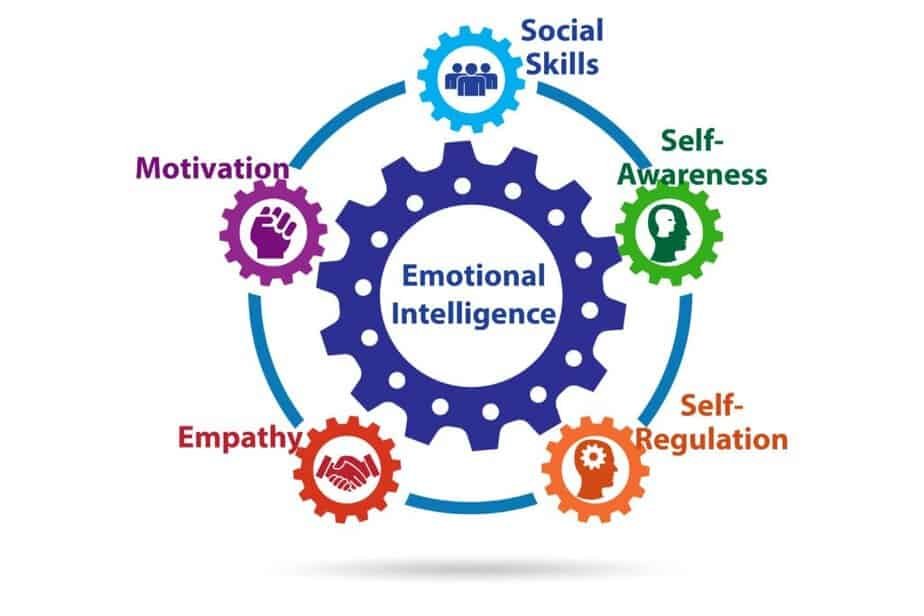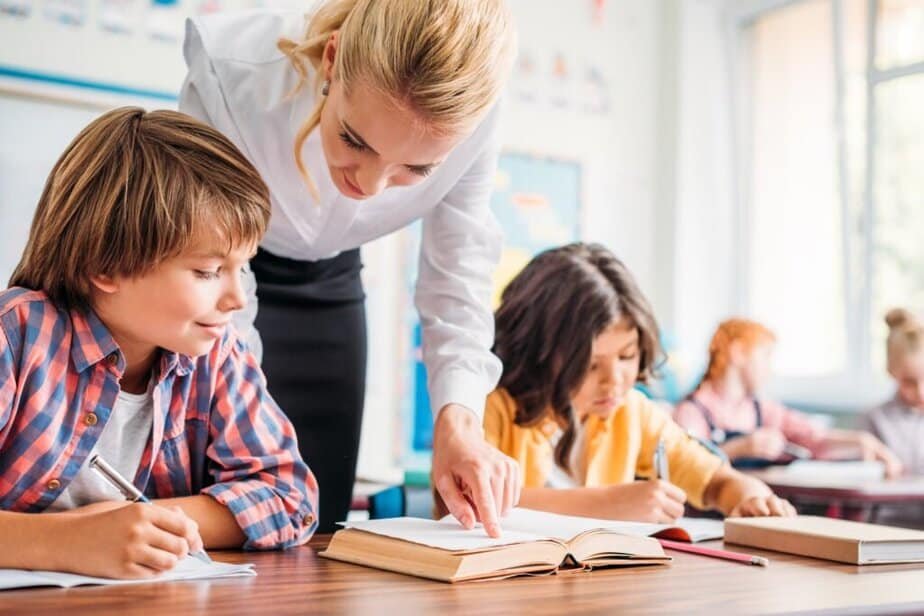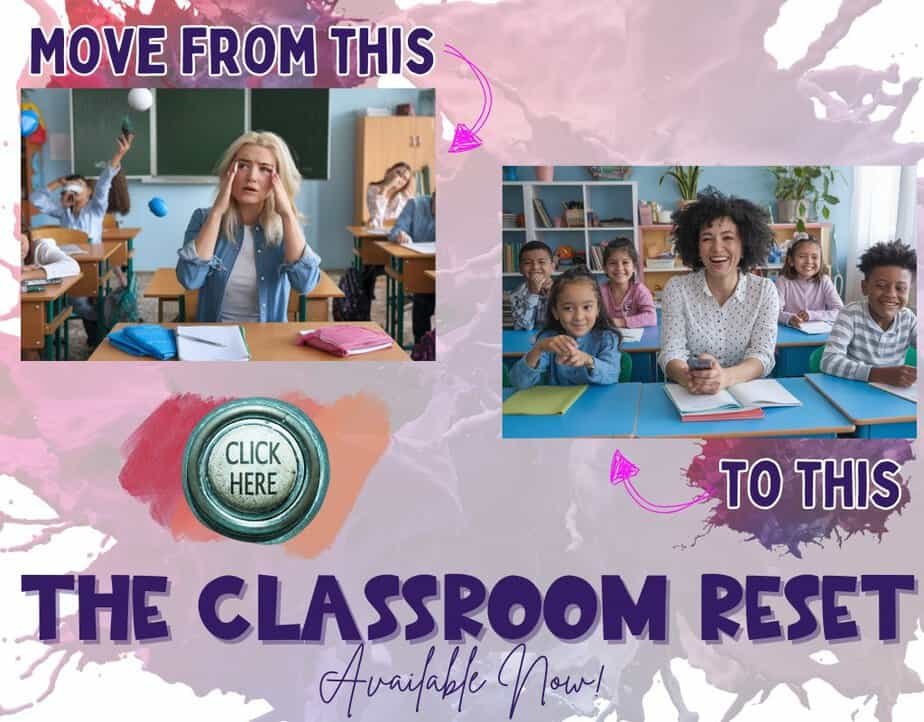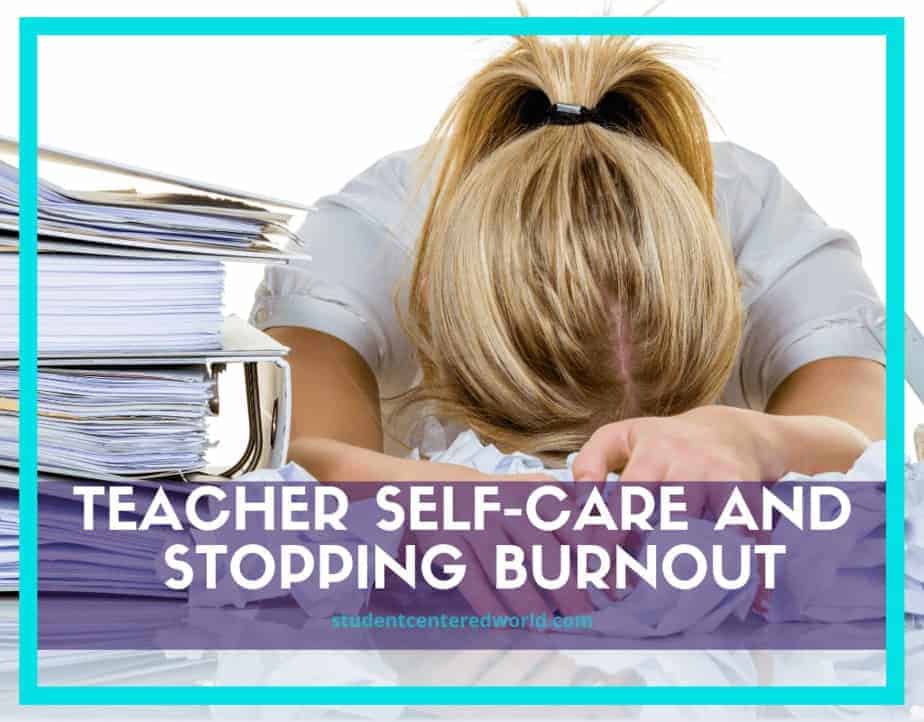Strategies for Setting Boundaries with Students and Parents
Establishing healthy boundaries is essential for fostering positive relationships between educators, students, and parents. For a new teacher or a seasoned one, understanding the importance of utilizing strategies for setting boundaries with students and parents can make a significant difference in maintaining a supportive environment where everyone feels respected. Boundaries act as invisible lines that define the limits of acceptable behavior, ensuring a safe space for learning and interaction. Whether dealing with young children or older students, setting boundaries helps create a sense of security and promotes emotional well-being.
Understanding Different Types of Boundaries
Boundaries come in many forms, including physical boundaries, emotional boundaries, and personal boundaries. Physical boundaries involve respecting personal space and limiting physical contact, which is especially important when working with young children who may not yet understand the concept of appropriate proximity. These boundaries help create a safe space where students feel secure while also protecting educators from discomfort or misinterpretation.
Emotional boundaries, on the other hand, help manage emotional regulation and prevent burnout by ensuring that teachers do not take on the emotional burdens of their students or parents. This is crucial for maintaining mental health and sustaining long-term positive relationships in education.

Personal boundaries protect personal information and ensure that educators maintain their own well-being outside of school hours. This might include setting limits on phone calls, text messages, or social media interactions with parents and students to preserve a healthy work-life balance. Recognizing these various situations where boundaries are needed is the first step in boundary setting. Whether it’s defining office hours, establishing clear expectations for communication, or reinforcing appropriate behavior in the classroom, each type of boundary plays a vital role in fostering a supportive environment.
Additionally, educators must consider social context when enforcing boundaries, as cultural differences and individual family dynamics can influence how limits are perceived. For example, some parents may expect immediate responses to messages, while others respect structured school hours. By maintaining clear communication and modeling respectful communication, teachers can navigate these differences while still upholding effective boundaries. This not only strengthens positive relationships but also teaches students valuable life skills about respect and self-advocacy.
Ultimately, understanding and implementing different types of boundaries ensures that both educators and students thrive in a structured yet nurturing setting.
Practical Strategies for Establishing Effective Boundaries
One of the most powerful tools in setting boundaries is clear communication. Educators should establish clear expectations from the beginning, whether in the classroom or during office hours. For example, defining appropriate behavior in common areas or setting clear limits on screen time and video games during school activities helps students understand appropriate boundaries. When expectations are communicated consistently and reinforced through positive reinforcement, students develop a stronger sense of security and learn to respect the invisible lines that create a structured learning environment.
Open communication with parents is equally important. Instead of reacting to phone calls or text messages outside of school hours, teachers can set clear guidelines for when and how they can be reached. Encouraging respectful communication through open dialogue prevents misunderstandings and reduces power struggles. This approach not only maintains healthy boundaries but also models effective boundaries for both students and parents.
By outlining availability during school hours or specific times for parent-teacher discussions, educators protect their personal time while still fostering positive relationships.
Additionally, maintaining clear communication helps address potential risks before they escalate. For instance, discussing social media policies or expectations around online activities ensures everyone understands the limits of acceptable behavior. When teachers consistently reinforce these clear boundaries, they create an environment of mutual respect where students feel safe and parents feel heard. This proactive strategy supports emotional well-being for all parties while preventing burnout for educators.
Whether through body language, written policies, or regular communication, establishing these norms early helps build good relationships based on understanding rather than conflict. Ultimately, clear communication serves as the foundation for all other practical strategies in boundary setting, making it essential for a supportive environment where learning can thrive.
Navigating Social Media and Online Activities
In today’s digital age, social media presents potential risks when personal lives and professional roles overlap. Educators should maintain clear boundaries on online platforms, avoiding interactions that blur the line between their personal life and their role as a mentor. This includes being mindful of friend requests, comments, and shared content that could compromise professional relationships or create uncomfortable situations. Establishing these digital boundaries early helps preserve the educator’s authority while maintaining healthy relationships with students and families.
Discussing online activities with students and parents can help reinforce appropriate behavior in a social context. Teachers might incorporate lessons about social-emotional development related to online platforms, teaching valuable life skills like critical thinking about digital footprints. For young children, this could mean simple guidelines about screen time, while older students may need guidance on navigating peer pressure and social situations online.
By modeling effective boundaries in their own online activities, educators set a good example of digital citizenship. This ongoing process of boundary setting helps create a safe space for learning, both in physical classrooms and virtual spaces, while protecting everyone’s emotional well-being.
Building Positive Relationships Through Boundary Setting
When educators model effective boundaries, they set a good example for students, teaching them valuable life skills such as critical thinking and problem-solving skills. In early childhood education, early childhood professionals play a crucial role in helping young people understand social-emotional development. By using positive reinforcement, teachers can encourage positive behavior while maintaining strict rules when necessary.

Creating an environment of mutual respect also involves recognizing the needs of both students and educators. Whether through body language, regular communication, or lesson plans that incorporate social situations, teachers can reinforce essential life skills. For childcare providers and early childhood educators, this means addressing peer pressure and guiding students in real-life situations.
Maintaining Personal Time and Emotional Well-Being
One of the biggest challenges for educators is balancing work with personal time. Setting clear boundaries around school buildings and after-hours commitments helps prevent burnout. Faculty members should feel empowered to say no to excessive demands, ensuring they have the energy to provide a good relationship with students and family members. This boundary setting is crucial for maintaining emotional well-being and preventing the erosion of personal time that so often leads to exhaustion in the teaching profession.
Establishing these effective boundaries requires clear communication about availability during school hours versus personal time. Many educators find themselves responding to text messages or phone calls late into the evening, blurring the lines between professional responsibilities and personal lives. By setting clear limits on communication outside school hours, teachers create a healthy boundary that protects their mental health while still maintaining positive relationships with students and parents. This practice also models valuable life skills for young people, such as work-life balance and self-care.
The ongoing process of boundary setting extends to physical spaces as well. Creating clear expectations about when faculty members are available in their classrooms or during office hours helps students understand appropriate behavior while respecting educators’ personal space. These invisible lines, when consistently maintained, foster an environment of mutual respect where everyone’s needs are valued. Early childhood professionals through high school teachers all benefit from these practical strategies that honor both their professional dedication and personal well-being.
Ultimately, maintaining these boundaries allows educators to bring their best selves to the classroom each day. When teachers protect their personal time and emotional boundaries, they have more energy to create engaging lesson plans, respond to student needs with patience, and build the positive relationships that make education meaningful. This balance is not just beneficial for educators; it creates a more supportive environment where students thrive and learning experiences become more impactful for everyone involved.
Responding to Chronic Boundary-Pushing Behavior
When a student or parent consistently tests boundaries, educators should respond with firm yet compassionate consistency. The teacher must calmly reinforce the established limits through clear communication, restating the original expectations and explaining why these boundaries exist to support everyone’s well-being. For persistent cases, the educator might implement a structured system of positive reinforcement for appropriate behavior while establishing graduated consequences for continued boundary violations.

It’s crucial to document these interactions and, when necessary, involve other faculty members or administrators to present a united front. Throughout this process, the teacher should maintain open dialogue to understand any underlying needs driving the behavior while steadfastly protecting their professional boundaries. This balanced approach demonstrates that while the educator cares about the individual, the boundaries themselves are non-negotiable components of a safe, productive learning environment.
The Ongoing Process of Boundary Setting
Establishing classroom boundaries is not a one-time task but an ongoing process. As students grow, their understanding of social-emotional development deepens, and educators must adapt their strategies. Whether working with small groups or managing difficult situations, maintaining clear guidelines ensures a positive learning experience.
By prioritizing healthy relationships and respectful communication, educators play a pivotal role in helping students develop communication skills and a strong sense of security. From early childhood to adolescence, teaching boundary setting at a young age prepares students for real-life situations where personal values and emotional well-being matter.
Ultimately, setting boundaries is about creating a supportive environment where everyone, teachers, students, and parents, can thrive. By implementing these practical strategies, educators not only protect their own boundaries but also foster an atmosphere of building relationships and mutual growth. Even a little bit of effort in maintaining clear expectations can go a long way in shaping a positive learning experience for all.







